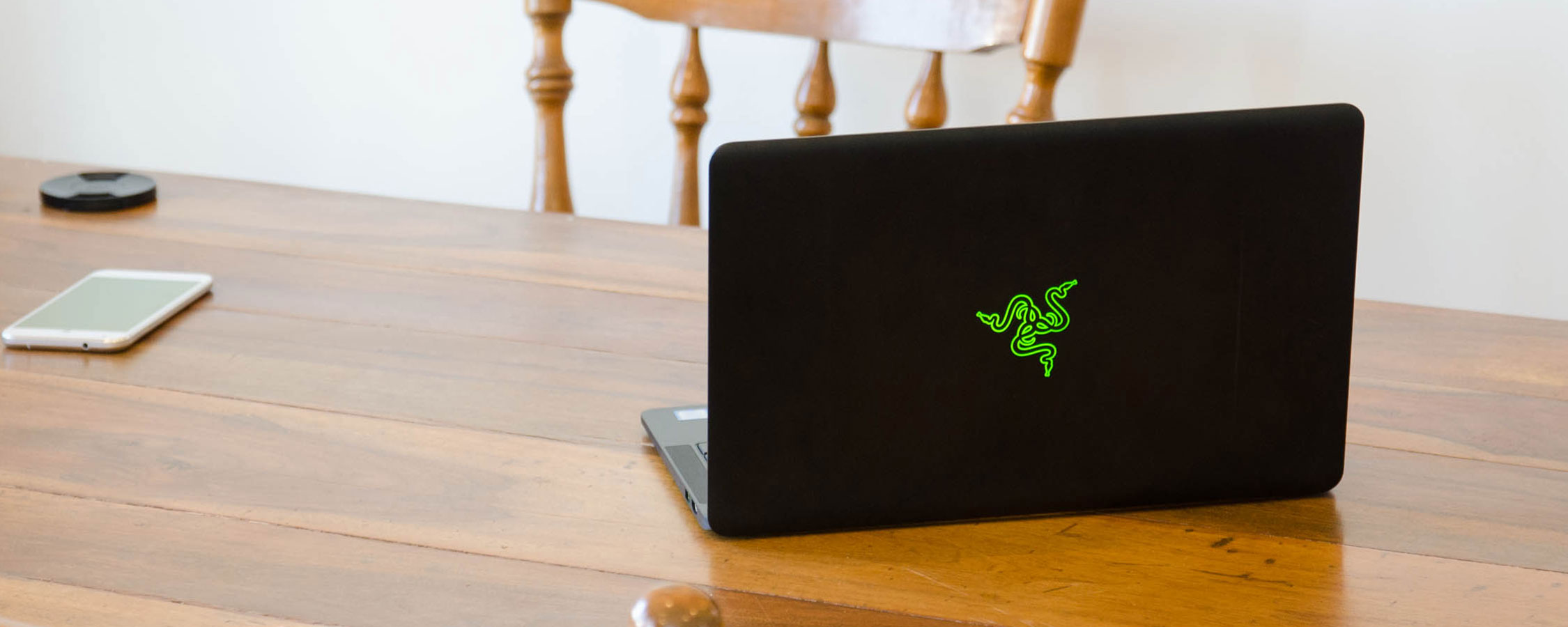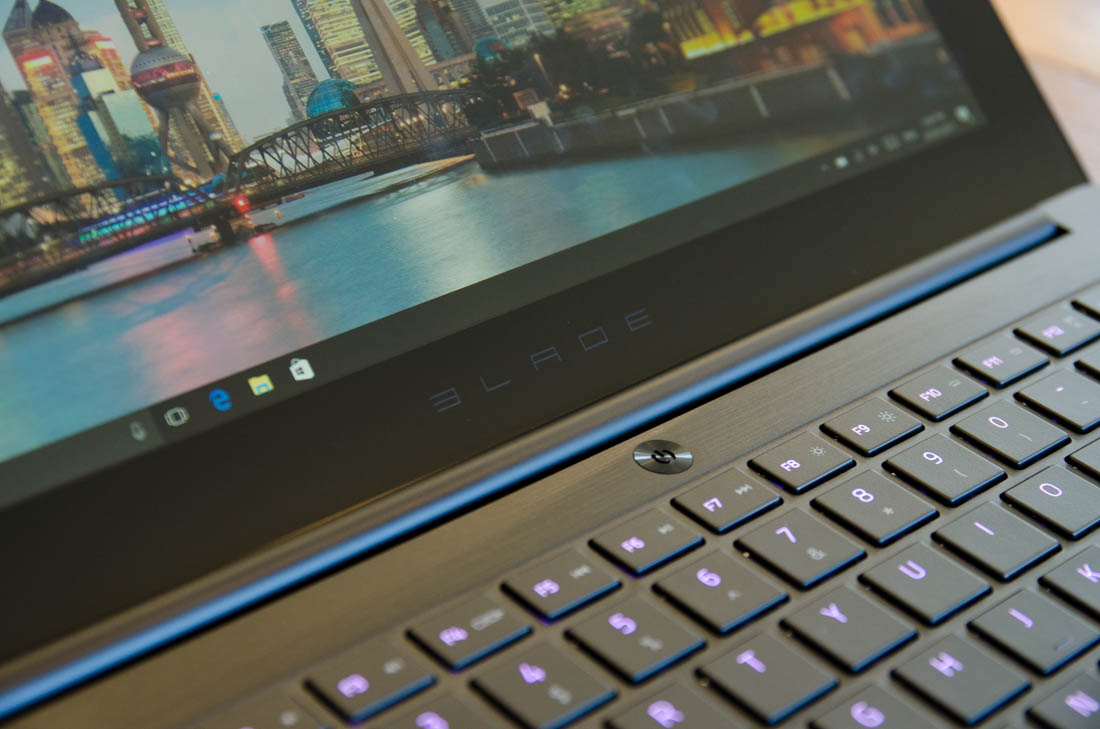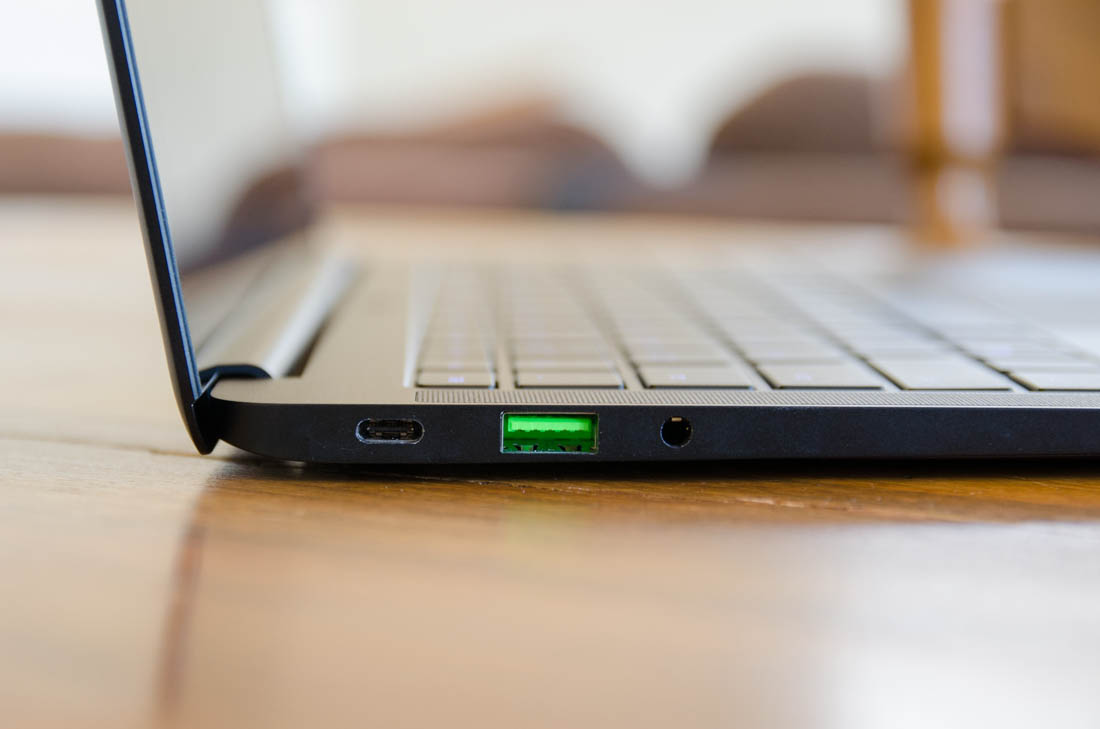It's surprising that Razer isn't more popular among casual laptop buyers. While the company is best known for its gaming peripherals and hardware, Razer has been releasing highly polished laptops for a few years now. Sure, the Blade and Blade Pro are powerful systems designed for portable gaming rather than everyday work, but Razer does have one laptop that competes strongly with ultraportables from the likes of Dell, HP, Apple, Lenovo and Asus.
The Blade Stealth is smallest and sleekest laptop in Razer's line-up, boasting a 12.5-inch display and powerful yet efficient hardware. You won't find a dedicated GPU inside this machine, but you do get the latest Intel U-series Core processors and other high-end components typically found in other ultraportables of this size.
Combined with an elegant, well-constructed chassis, the Blade Stealth is a laptop that should be on your radar.
The first generation Blade Stealth was introduced at CES 2016 as a unique gaming laptop/ultrabook hybrid. The idea was gamers could carry around this portable laptop, then plug it into the Razer Core - a Thunderbolt 3 graphics card housing - to transform it into a gaming machine at home. It was a clever idea, but the Core didn't catch on as much as Razer would have liked, mostly due to its high price tag.
With the new Blade Stealth, Razer is more focused on the machine's strengths as an ultraportable laptop for a wide range of consumers not just gamers on the go, calling it "the ultimate ultrabook." The design is largely the same as the previous model, but with a handy internal upgrade to Intel's Kaby Lake processors and a larger battery.
The exterior of the Blade Stealth didn't require an update for the most part. Razer has mastered the design of beautiful black metal exteriors; their laptops are some of the most attractive and well built on the market. Heavily inspired by MacBook Pros, the Blade Stealth stands out with a simple yet classy and premium design that just looks and feels like an expensive piece of hardware. When forking out more than $1,000 on a product, this is the sort of experience you expect to receive.
Razer uses "aircraft grade" aluminium for almost the entirety of the Blade Stealth's CNC-machined chassis. This creates a beautiful, uniform look around the base and lid of this laptop, and the (mostly) single-piece construction adds to its seamless visual appeal. The only parts of this laptop that aren't metal are the glass display, the rubber feet, and the plastic keyboard keys.
Usually Razer products give a good balance between gamer elements and a more stealthy design. The Blade Stealth falls into the latter category, as this laptop's all-black matte finish is understated in an appealing way. The only highlights are the striking illuminated acid green logo on the lid, and the green inserts to the USB ports. This color combination looks excellent, especially as most laptops these days opt for one of many shades of silver.
The downside to an all-black laptop is it quickly becomes a fingerprint magnet. The lid, the keyboard surround, and especially the glossy glass touchscreen quickly accumulate visible finger grease that requires constant cleaning. The glass is relatively easy to keep in pristine condition, but the metal parts are harder to maintain. Someone who gets frustrated with a dirty laptop will not enjoy the Blade Stealth's sleek finish.
While Razer hasn't attempted to break any portability records like the HP Spectre or Asus ZenBook 3, the company has still created a very slim and light laptop. The Blade Stealth, at 1.29 kg (2.89 lbs) heavy and 13.1mm thick, is slimmer than the latest 13-inch MacBook Pro and Dell XPS 13. It does this while including a comparable battery to the MacBook Pro, and a cell slightly smaller than the XPS 13.
The Blade Stealth features a basic selection of ports. A Thunderbolt 3 USB Type-C port for charging, connecting to the Razer Core, and use as a general Thunderbolt port is seen on the left, along with a USB 3.0 Type-A port and a 3.5mm audio jack. On the right is another USB 3.0 port and, surprisingly, a full-sized HDMI 2.0a port that makes it easy to connect the Blade Stealth to external displays. I would have liked to see perhaps an SD card slot and an additional USB port, but generally this port selection will be adequate.
This laptop is powered on by a centered power button above the keyboard, while speakers flank the keyboard on either side. Many laptops these days include either side- or bottom-firing speakers, so I appreciate Razer's work to integrate these speakers such that they actually point towards your ears during work. Like most laptops, these speakers don't have great range but are acceptable and produce a good level of volume.
The cooling solution on the Blade Stealth is simple. It consists of two small vents on the bottom of the laptop, along with a row of vents near the hinge assembly. There is only one fan situated on the right-hand side, which intakes air from the bottom and exhausts out the hinge. This fan is mostly off and therefore silent during regular use, although heavy workloads will see it spin up into a quiet whine. Despite not using the fan all that often, the Blade Stealth's metal chassis isn't hot to touch, indicating the passive cooling system in this laptop is well designed.
The only major complaint I have with the Blade Stealth are the enormous bezels around the 12.5-inch display. This ultraportable is clearly a 13-inch-class body, yet the display seems small and dominated by massive black bars around every side. A 13.3-inch display and possibly even a 14-inch display would easily fit inside the space allocated to the current 12.5-inch panel, and this is a change I hope Razer will make in future models. Smaller bezels look better and provide a better experience.





